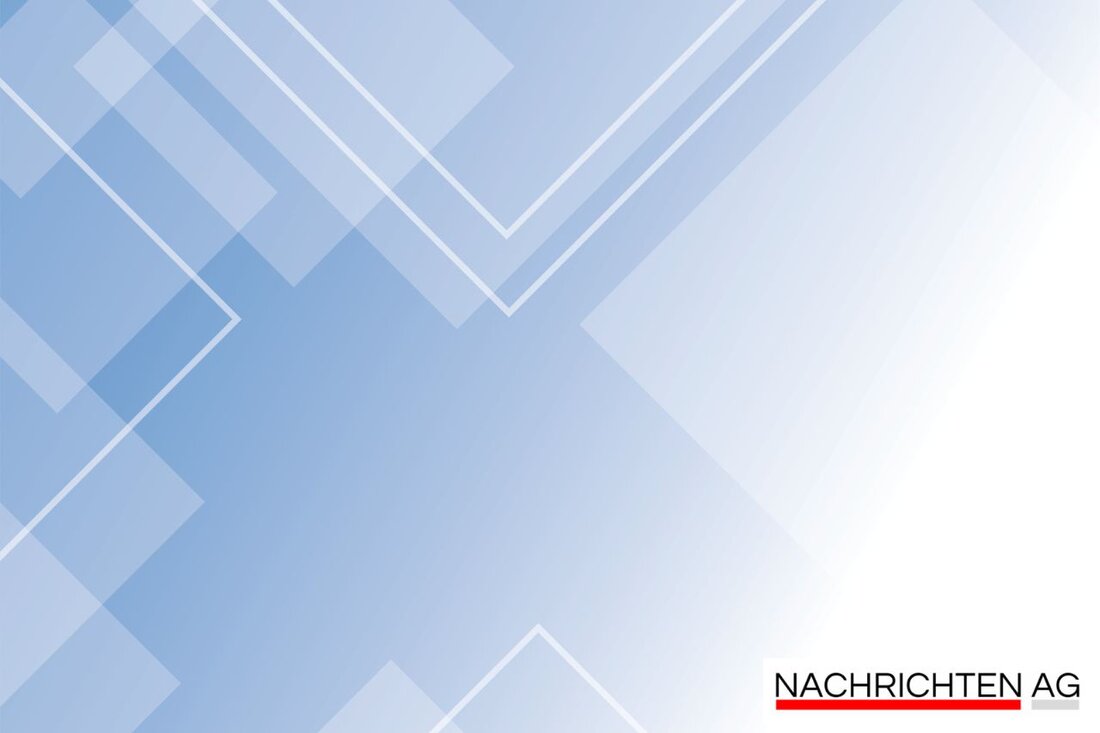Quantum computers threaten blockchain: Are we sure enough?
Quantum computers threaten blockchain: Are we sure enough?
In today's digital world, blockchain technologies face a serious challenge: The rapid development of quantum computers could falter the security architecture of most existing systems. Starting with the security question, the need for new solutions up to the progress in post quantum cryptography (PQC)-there is a lot to consider. A team of researchers led by Saurav Ghosh from Southeast Missouri State University has carried out comprehensive surveys on this topic and shows the urgency of change. These surveys, which focus on post-quantum cryptographic approaches and new designs of quantum blockchains, provide interesting insights. There, the decisive differences between traditional approaches and the new, quantum-resistant methods are also illuminated, such as Quantum Zeitgeist.
One of the key points is the importance of quantum key distribution (QKD). This technology uses the principles of quantum mechanics to safely transmit keys. The classic approaches based on mathematical problems are particularly at risk from quantum algorithms such as Shor’s algorithm. QKD already includes proven protocols such as BB84 that establish secure methods for key production. Advances in this technology, such as the introduction of decoy-state methods, increase the security against listening attempts and brushing the concept of security as such.
The way to a quantity -safe future
The development of quantum -resistant blockchains is becoming increasingly tangible. The new five-stage framework for such a network, based on the Quantum Origin platform, is an excellent example of this change. Using quantity-proof compounds, the entropy is distributed to all nodes involved by means of the MCeliece KEM algorithm. Falcon keys and post quantum x.509 certificates can be generated that are necessary for the safety of those connections. In this context, OpenSSL plays an important role because it provides the cryptographic framework that supports the new algoritic approaches. This and more was documented in detail by Nature
But the transition to PQC is not a walk. The need to replace traditional cryptographic systems is becoming increasingly urgent because Quantum Computing is making rapid progress. Between 2023 and 2025, significant progress for the standardization of PQC algorithms is expected as part of the nest initiative. Algorithms such as Crystals-Kyber, Crystals dilithium and Sphincs+ could play a role in particular. These new standards must be developed, implemented and finally integrated into existing systems, which is designed as a complex process, especially for industries such as banking.
challenges and opportunities
However, the implementation of quantum -resistant solutions brings with it a number of challenges. This not only includes the higher requirements for storage and calculation resources of the new algorithms, but also difficulties in integrating existing systems. In view of the threats from possible attacks that today collect encrypted data for future decoding (“Harvest Now, Decrypt Later”), companies and governments around the world urgently have to act. The United States has launched initiatives that highlight the Quantum Computing Cybersecurity Preparedness Act, while the EU is also active with the EuroQCI initiative to provide QKD networks.
Since global cooperation for the standardization of PQC protocols is often fragmented at the same time, it remains to be seen which solutions will be available for these problems. States and companies are well advised to regularly check their cryptographic position and to prioritize migration to quantity -safe algorithms.
In summary, it can be said that the transition to quantity -safe technologies is complicated, but also huge potential. With the right orientation, we can shape a future that is not only more secure, but also more innovative. For everyone who moves in the blockchain and cryptography world, it is clear: the need for quantum-resistant solutions and their development is now at the top of the agenda.| Details | |
|---|---|
| Ort | Southeast Missouri State University, Cape Girardeau, USA |
| Quellen | |


Kommentare (0)